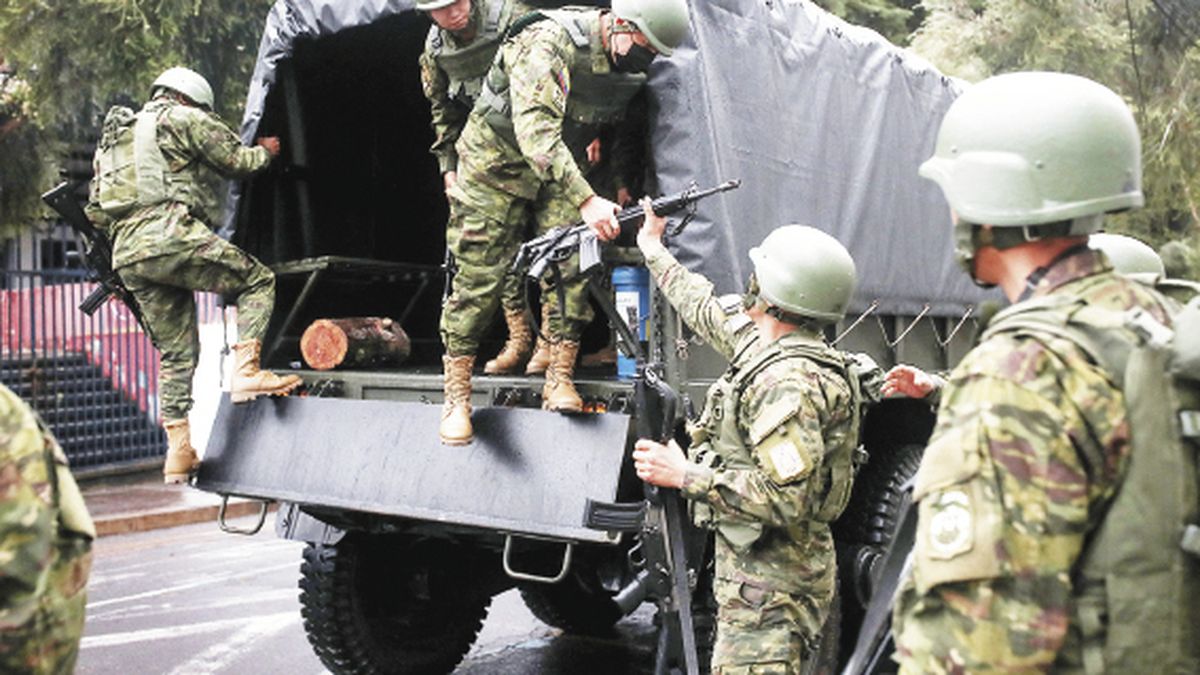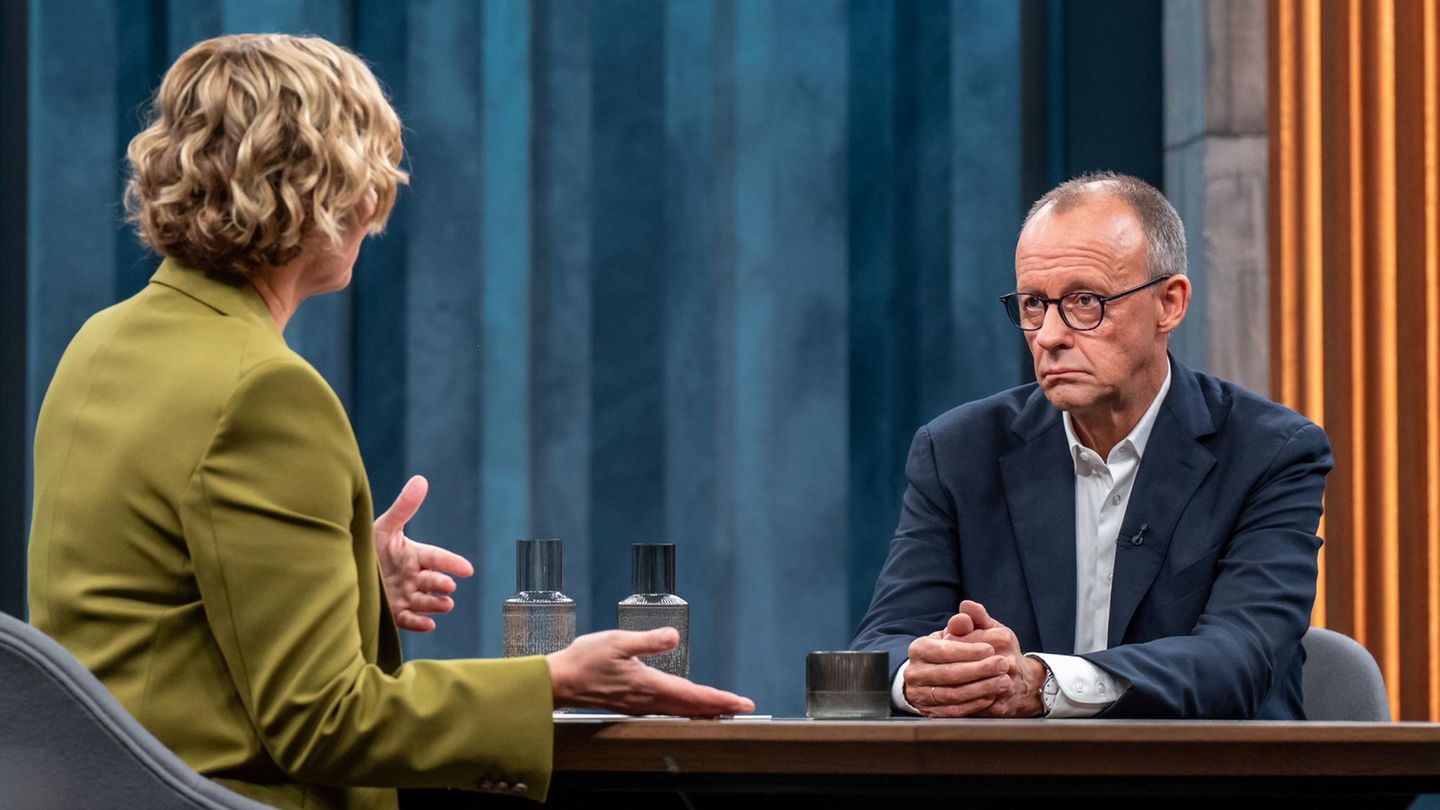He murder of the then candidate Fernando Villavicencio, shortly after yesterday’s elections, exposed the most disturbing and recently discovered side of Ecuador, at least in the rest of the world: the actions of mafia gangs that operate almost in the open and that have turned a traditionally peaceful country into one of the most insecure in America.
The name of Villavicencio appeared yesterday, due to lack of time for a reprint, in the ballots that his successor, also a journalist, finally capitalized Christian Zurita (see page 14). The images that showed him in the vote yesterday and in the last days of the campaign – protected by a cloud of uniformed men and armored shields, as well as wearing a bulletproof vest and helmet – were a powerful reminder of the violence in vogue. More attentive to the short-term advantages and disadvantages than to the underlying dangers, correísmo lamented that the antecedent of the assassination, the persistence of Villavicencio’s name on the lists and that paraphernalia activated a “dueling vote” in favor of Zurita.
Just before being killed Villavicencio He was second in the vote intention polls, behind the correísta Luisa Gonzalez.
A video that showed hooded men dressed in black initially claimed responsibility for that murder on behalf of Los Lobos, one of the “GDO” -organized crime groups- that operate in the country. It should be noted that the bands themselves call themselves that way.
These men warned that all candidates who did not honor the promises made in exchange for “millions of dollars” received from the GDO to finance their campaigns would suffer the same fate.
The accusation – strange for Villavicencio having been a crusader against this action – was left in limbo after another video was released, of men dressed in white and with their faces uncovered, which denied the participation of the “real wolves”.
Who are they?
Los Lobos, a detachment of the GDO more powerful, The cheitherNeros – with whom they dispute territories, drug trade routes and control of prisons – are associated, according to the authorities, with the Mexican drug cartel Jalisco Nueva Generación. In contrast, Los Choneros are partners in the Sinaloa Cartel.
Regarding the above, it is worth a digression: prison riots frequently jump to the international media, both for their frequency and for their ferocity, which involves the control of facilities from which strong businesses outside the walls are controlled. According to official data, only since February 2021 these disputes have left 430 dead.
The government of William Lasso He says that there are at least 13 GDOs of a certain size, although military intelligence has detected 26 gangs related to the drug business, in which they associate with Colombian and even Albanian mafias.
The phenomenon has slowly developed in Ecuador, but its irruption with methods of extreme cruelty that turn murder into a spectacle in the style of Mexican cartels, which usually hang the corpses of those executed from bridges, is relatively new.
Between 2021 and last year, the incidence of homicides almost doubled in the country of just over 18 million inhabitants, reaching a level of 26 per 100,000, typical of countries at war and one of the most chilling in America. Latina. The causes of the narco penetration of this are varied.
First of all, geography, which places Ecuador in an “ideal” place for the drug businessnestled between Colombia and another producing country, such as Peru.
Second, the cshortcomings of an effective security policy and the permeability of the security forces to the corrupting power of these mafias. According to local sources, the GDOs rival in number the 60,000 members of the security forces and often exceed them in terms of firepower.
As usually occurs in this type of case, corruption within the forces that must combat drug trafficking translates into a large increase in seizures –many times intentionally directed at certain segments–, but in a much greater increase in undetected traffic.
Third, the strategic location of the port of Guayaquil, a privileged window to the Pacific.
Fourth, levels of poverty that, although they fell at the dawn of the dollarization of the economy applied in January 2001, have remained stable at least since 2010, around 25%, a figure that seems moderate only because of the criteria with which it is measured by the official institute of statistics. This maintenance of poverty is parallel to the problems of an over-indebted economy to expand its activity precisely based on a dollarization that works as a rigid corset for the productive system. This continues to depend on primary products such as oil, bananas, shrimp and flowers, as well as the fluctuations of their international prices.
Fifth and last, the nature of the US dollar as legal tender, added to the lack of controls, facilitates money laundering by mafias.
Among the victims of drug trafficking, Villavicencio may have been the one with the highest profile, but there are also many lower-rank politicians –especially at the municipal level–, security forces, gang members and, above all, simple civilians who are trapped in a dark tangle of interests.
The future of Ecuador worries.
Source: Ambito




